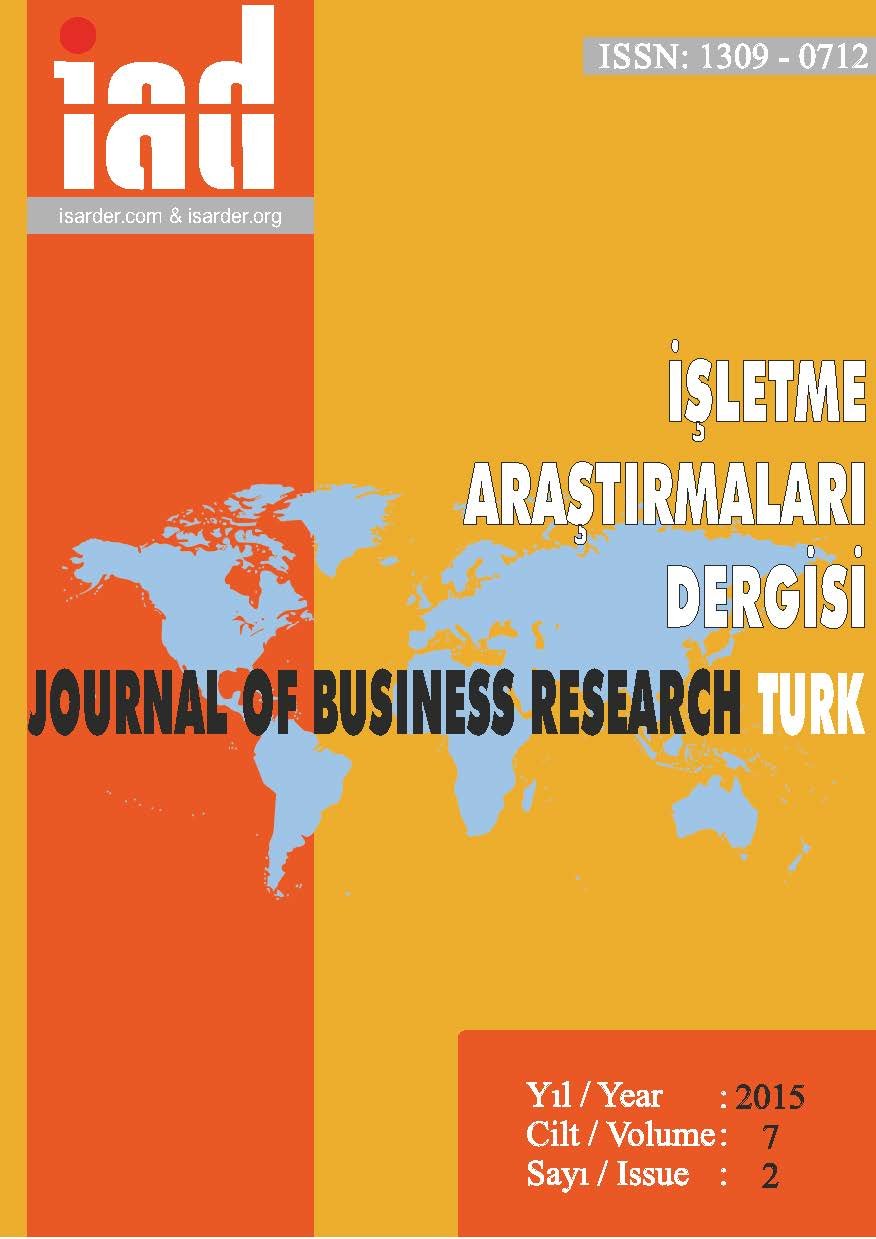Sectorial Efficiency Measurement: An Application with Input Output Table and Data Envelopment Analysis
Keywords:
Input- Output analysis, effectiveness, data envelopment analysisAbstract
With the input-output analysis, the correlative relations between the units of production and consumption are investigated. This study is important in that it presents important findings towards putting forward some political recommendation on the process of the economy of the country and develops growth strategies determining the production structures. For this reason, the efficiency and effectiveness of the sectors in economy should be examined. A method based on linear programming, Data Envelopment Analysis (DEA) is an analysis that aid to take the optimum decision by creating the relative effectiveness of the decision units in situations where it is difficult to compare the input and output values with different units of measurement. This study sets out to examine whether the key sectors found as a result of the Hirschman’s key sector classification and the values obtained through DEA method using input-output (I -O) table of domestic production in 2002 could be regarded as effective and efficient. In the study labour, capital and the aggregate intermediate input and complementary imports are input variable, while the aggregate intermediate demand of sectors and sectoral demand are output variables. The findings obtained suggest that the key sectors obtained from Hirschman’s classification cannot be perceived as effective and efficient concurrently.
Downloads
Published
How to Cite
Issue
Section
License

This work is licensed under a Creative Commons Attribution-NoDerivatives 4.0 International License.





